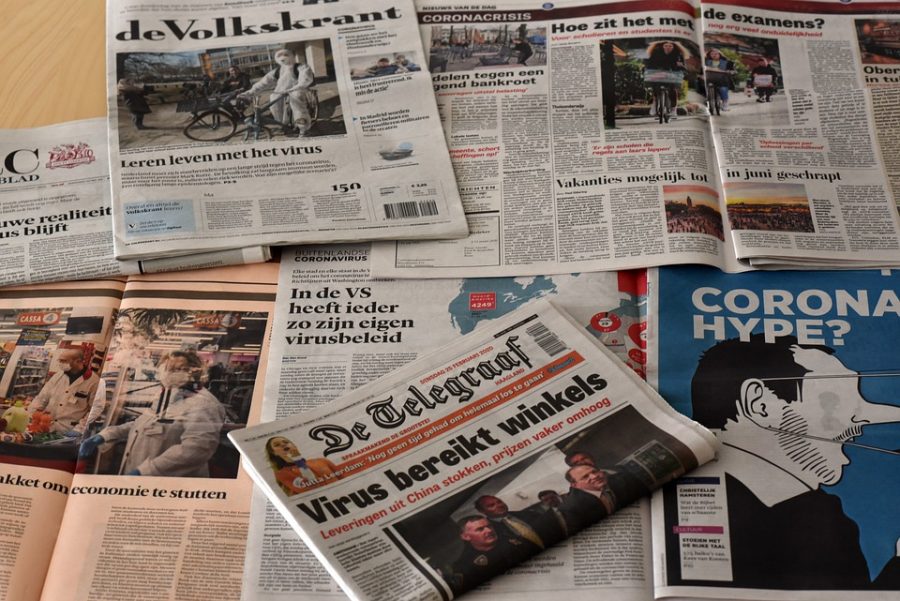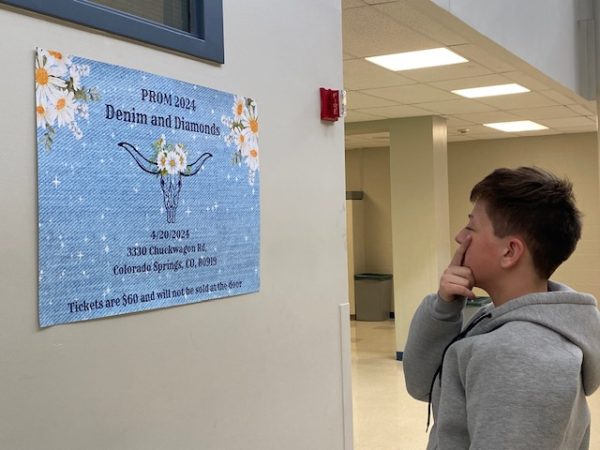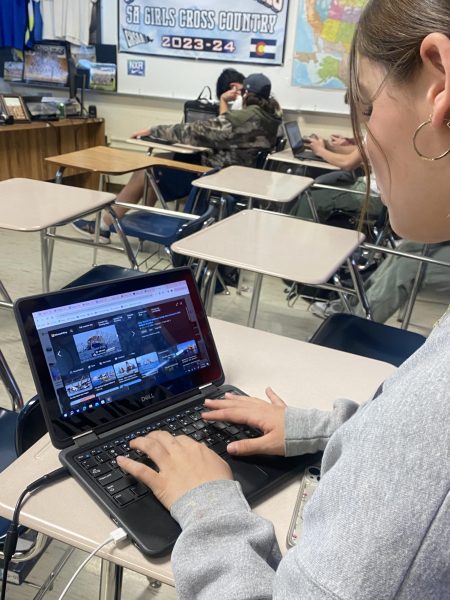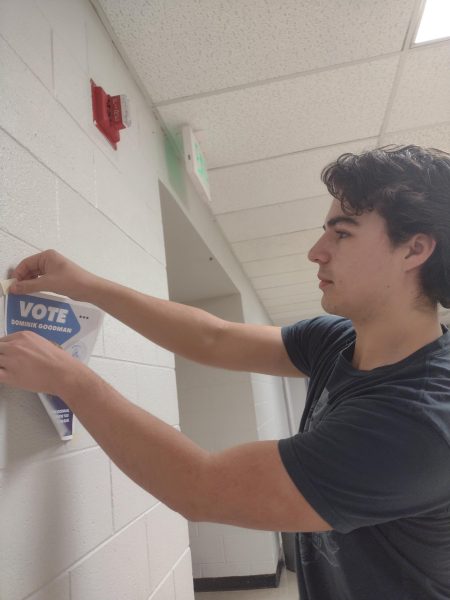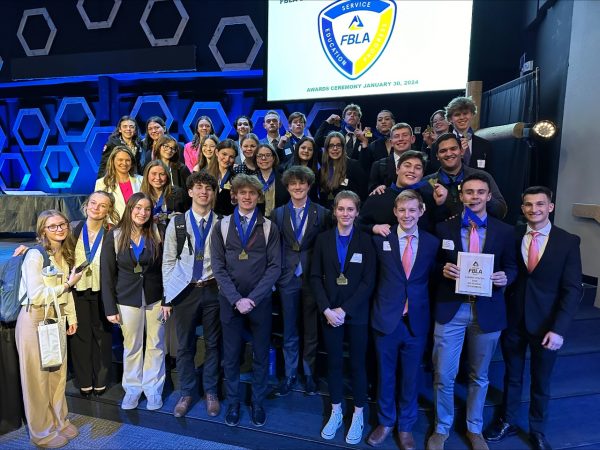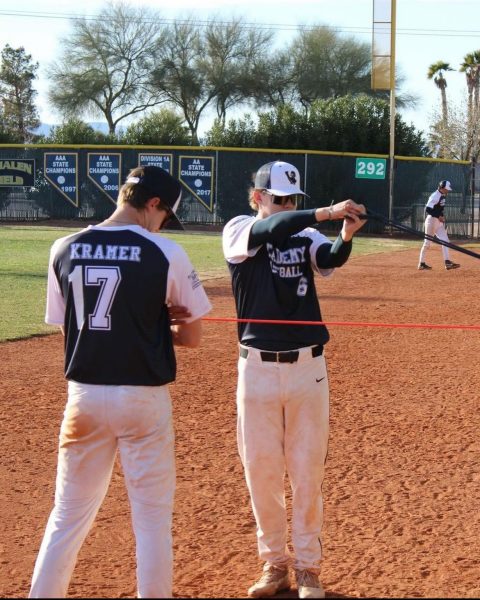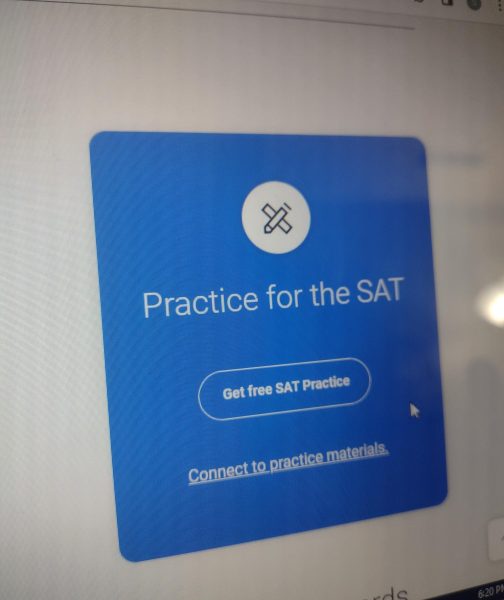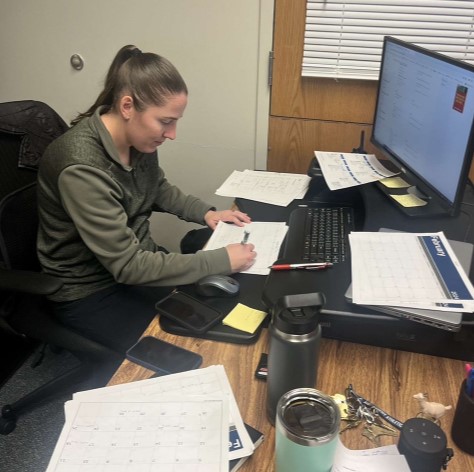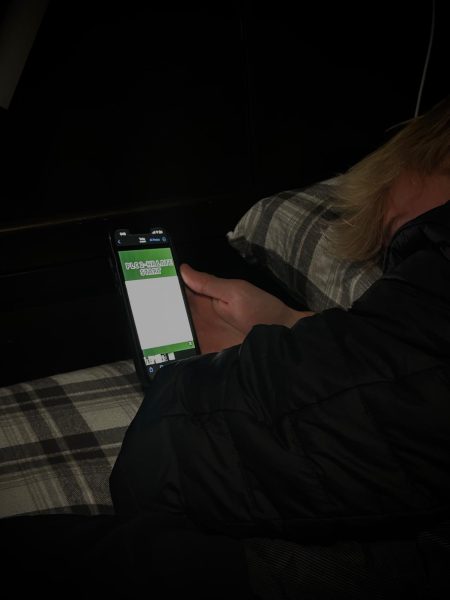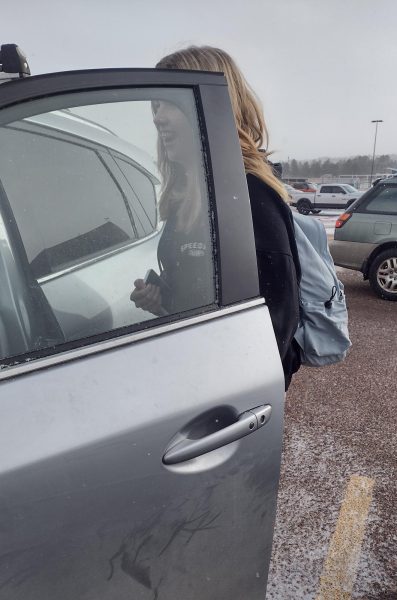Journalism as a Balancing Act
https://www.maxpixel.net/photo-4968519
Licensed for reuse by Creative Commons. Polarizing headlines and misinformation within articles have contributed to the deepening mistrust of media within our society.
Thomas Jefferson once said given the choice between government without newspapers and newspapers without government, he “wouldn’t hesitate to choose the latter.”
It is perhaps fair to say that newspapers in Jefferson’s day considerably differ from the news sources we find in our own more modern, post-Internet, post-Facebook reality. Even more eminently, as journalism has undergone drastic changes, so has the country’s opinion of the news industry at large.
“There was a shift,” said Ron Gorr, who teaches American history at Air Academy. “When we went from a two-hour nightly news cycle to a 24-hour one, news companies had to fill more hours with content.”
The result? According to Gorr, 24-hour news coverage meant that news companies began to “…drag out a hurricane, drag out the trial of the century, and definitely drag out politics.”
What would follow was an amplification of mistrust within the general public in regard to the media. According to Gallup, an analytics and advisory company based in Washington, D.C., public trust in American mass media fell from 55% in 1999 to 40% in 2015, an all-time low.
Skepticism in the news is also found among those at Air Academy. Senior Jenna Gilchrist believes that the media tends to emphasize negativity.
“All I see in the news is a lot of negative stuff. It makes a lot of people feel more negative,” noted Gilchrist.
“There’s a lot of ‘this happened yesterday, and here’s how you should feel about it,’” said Gorr.
The lack of trust in journalism has resulted in a diminished industry — the Pew Research Center says that newsroom employment in the United States dropped by 51% from 2008 to 2019.
In a way, there is an interesting paradox at play here — while newspapers and news outlets close by the dozen, journalism as an industry is more oversaturated than ever. English teacher Mary Anderson thinks that this saturation has eroded trust in journalism.
“I’m constantly shocked by the sheer amount of news blogs and news sources there are. Journalism has gotten so diluted…people don’t see it in the same light anymore,” said Anderson.
With this progression has come the newfound prevalence of social media as a news source. In an informal poll I ran last month, seven of my peers at Air Academy said they primarily received their news from newspapers, nine from cable news, five from an independent source, and 36 from social media.
Personally, rarely have I opened social media with the intent of seeking out news — more often than not, the news ends up finding me anyway. This shift toward social media based journalism begs the question: does social media amplify a more diverse set of voices, or does it show consumers the news they want to see?
“Social media makes you choose a side,” said Langston Ball, a junior at Air Academy.
“I’m likely to follow people with the same views as me, which could impact the news I see,” said junior Paige Uebelhoer.
“It’s hard because I’m only seeing some of the info and skewed perspectives,” said Lizzy Dalton, a high school senior and the former managing editor for the Jetstream Journal.
In many ways, truth within social media is a near impossible thing to find. Truth is a difficult thing to portray in just a handful of words, and ofttimes, the news we find on our phones consists of headlines that are cropped down to fit within a 1080 pixel by 1080 pixel frame.
“There is a large danger in only knowing one side of a story. I’ve heard a lot of misinformation over the years from people who only watch one news channel or get their information from less reliable sources like Facebook,” said English teacher Katie Klostermann.
“In these cases, it is far too common that fact and opinion become interchangeable,” continued Klostermann. “That’s not to say that social media is ‘evil’ or ‘harmful’ by any means! I think it’s an incredibly powerful tool for exchanging facts and for communicating. I just think that we, as a society, need to be a little more discerning about what we accept as ‘fact.’”
In a way, the pursuit of integrity within news — within both journalism and social media — has fallen to the responsibility of the consumer. The issue with this, according to Gorr, is that consumers will choose what to believe.
“While social media can diversify our opinions, what we also know is algorithms feed us what we want to see and hear. We have to become better consumers of information…but if we constantly have to work so hard to believe our information, no one really knows what’s true and we pick the truths we want,” said Gorr.
It can be argued that truth is inordinately difficult to portray within news. In many ways, truth is an intangible, ephemeral idea — truth will change and evolve as new information about a story is released; truth will differ depending on the kind of news stories one reads. Nevertheless, truth is an idea that must be deeply imbued within journalism.
The loss of integrity within news sources has a profound impact on our societal perspectives. The spread of misinformation has been compounded, radical perspectives have been aggravated, and the truth has been ever elusive and transient.
“As a society, we’ve suffered from that,” said Anderson. “It goes all the way back to Jefferson’s idea that he’d rather have newspapers than government. We need [newspapers] to keep societies in check, to keep institutions in check, to keep individuals in check.”
There is no easy answer here, but a good starting point is balance. Jefferson believed that America needed newspapers to create balance with the government, and those same ideals apply to our society today. We need balance between the media and consumers and truths and biases and perspectives. We need balance to have the full story.
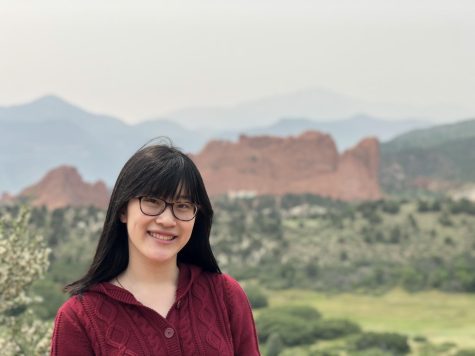
Hey all, I'm Elaine! I'm a junior, and I'm super excited to be in my second year with the Jetstream Journal. Additionally, I'm involved in speech and debate,...



